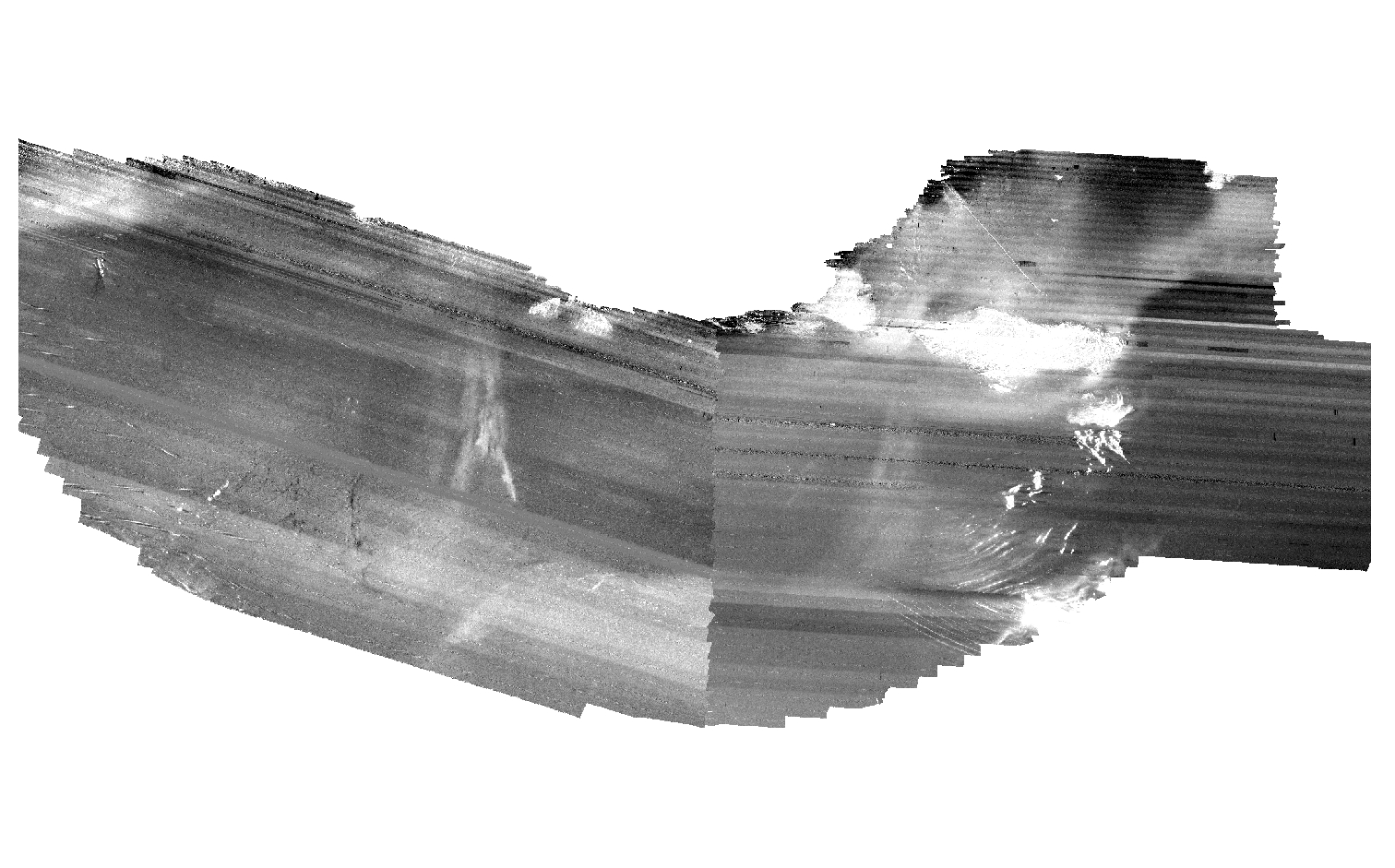| Description |
This part of DS 781 presents data for part of the acoustic-backscatter map of the Offshore of Santa Barbara map area, California. The raster data file is included in "BackscatterA_CSUMB_OffshoreSantaBarbara.zip," which is accessible from https://pubs.usgs.gov/ds/781/OffshoreSantaBarbara/data_catalog_OffshoreSantaBarbara.html. These data accompany the pamphlet and map sheets of Johnson, S.Y., Dartnell, P., Cochrane, G.R., Golden, N.E., Phillips, E.L., Ritchie, A.C., Greene, H.G., Krigsman, L.M., Kvitek, R.G., Dieter, B.E., Endris, C.A., Seitz, G.G., Sliter, R.W., Erdey, M.E., Gutierrez, C.I., Wong, F.L., Yoklavich, M.M., Draut, A.E., Hart, P.E., and Conrad, J.E. (S.Y. Johnson and S.A. Cochran, eds.), 2013, California State Waters Map Series—Offshore of Santa Barbara, California: U.S. Geological Survey Scientific Investigations Map 3281, 45 p., 11 sheets, scale 1:24,000, https://doi.org/10.3133/sim3281. The acoustic-backscatter map of the Offshore of Santa Barbara map area, California, was generated from backscatter data collected by California State University, Monterey Bay, Seafloor Mapping Lab (CSUMB) and by the U.S. Geological Survey (USGS). These metadata describe the acoustic-backscatter data collected by CSUMB and reprocessed by the USGS. See "BackscatterB_USGS_OffshoreSantaBarbara_metadata.txt" metadata for a description of the acoustic-backscatter data collected by the USGS. Most of the offshore area was mapped by CSUMB in the summer of 2007, using a 244-kHz Reson 8101 multibeam echosounder. Within the acoustic-backscatter imagery, brighter tones indicate higher backscatter intensity, and darker tones indicate lower backscatter intensity. The intensity represents a complex interaction between the acoustic pulse and the seafloor, as well as characteristics within the shallow subsurface, providing a general indication of seafloor texture and sediment type. Backscatter intensity depends on the acoustic source level; the frequency used to image the seafloor; the grazing angle; the composition and character of the seafloor, including grain size, water content, bulk density, and seafloor roughness; and some biological cover. Harder and rougher bottom types such as rocky outcrops or coarse sediment typically return stronger intensities (high backscatter, lighter tones), whereas softer bottom types such as fine sediment return weaker intensities (low backscatter, darker tones). [More]
|
